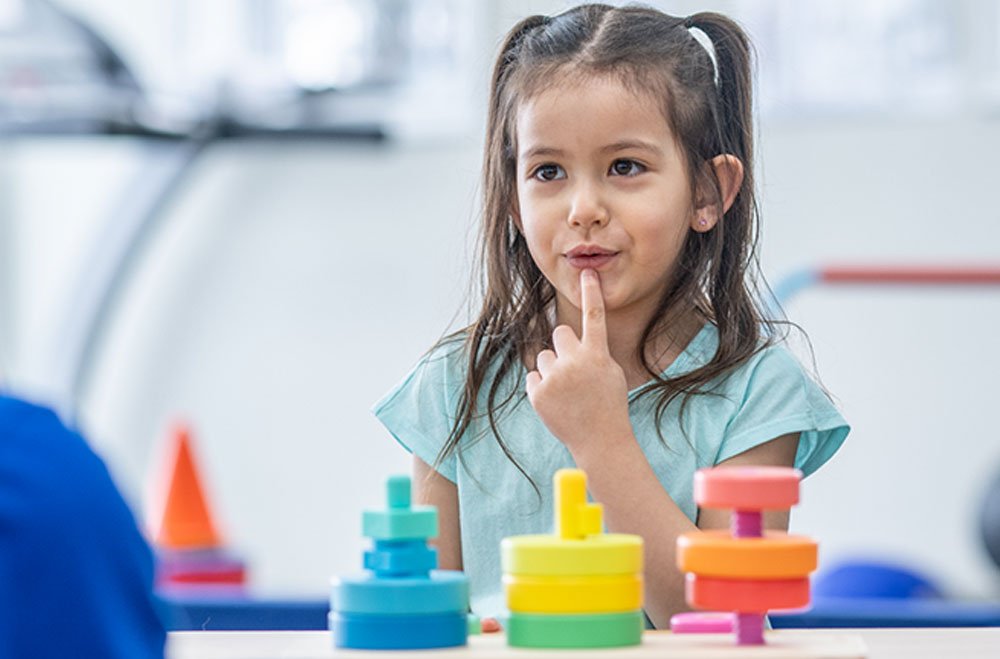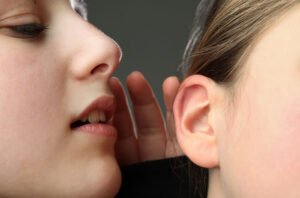If you’ve ever watched a toddler string together their first sentence or listened to a child tell a story in their unique, wobbly way, you know how fascinating—and sometimes challenging—language development can be. But what happens when words don’t come as easily? That’s where speech therapy steps in, helping kids find their voices and connect with the world around them.
Let’s talk about what speech therapy really is, how it works, and why it can be life-changing—not just for the kids, but for their families too.
What Is Speech Therapy, Really?
Speech therapy isn’t just about teaching kids to pronounce words correctly (though that’s often part of it). It’s a broader, more nuanced process that focuses on communication in all its forms. Speech therapists, or speech-language pathologists (SLPs), work on:
- Articulation: Helping kids pronounce sounds correctly.
- Language Skills: Building vocabulary, grammar, and sentence structure.
- Social Communication: Teaching kids how to use language appropriately in different situations (think greetings, turn-taking, or even telling jokes).
- Fluency: Addressing issues like stuttering.
- Feeding and Swallowing: Yes, speech therapy can even involve helping kids chew and swallow safely.
It’s like teaching a child the tools they need to build bridges between their thoughts and the world. And no two kids need the exact same toolkit.
When Should You Start Thinking About Speech Therapy?
“Should I be worried?” is a question parents ask all the time. And honestly, it’s a fair one. Kids don’t develop at the same pace, and what’s “normal” for one might not be for another.
Here are some signs that it might be time to check in with an SLP:
- By 12 months: Your child isn’t babbling or responding to their name.
- By 2 years: They’re not using at least 50 words or combining two-word phrases like “want cookie.”
- By 3 years: Their speech is hard to understand, even to you.
- Any age: They’re avoiding eye contact, struggling to interact with peers, or having difficulty eating or swallowing.
The earlier you catch potential challenges, the easier it is to address them. Think of it like planting a garden—you’ll get better blooms if you nurture the seeds early.
What Happens in a Speech Therapy Session?
Speech therapy isn’t a one-size-fits-all approach. It’s personalized, creative, and often a lot of fun.
Here’s what you can expect:
- Assessment: The SLP will evaluate your child’s speech, language, and communication skills. This might involve observing play, asking questions, or using standardized tests.
- Goal Setting: Together, you’ll set specific, achievable goals. For example, a goal might be, “Use three-word sentences to ask for things.”
- Therapy Activities: This is where the magic happens. Therapy might include:
Games like matching or storytelling to build vocabulary.
Exercises to strengthen the muscles used for speech.
Role-playing social scenarios like sharing toys or asking for help. - Home Practice: Yep, there’s homework! Don’t worry; it’s usually disguised as play, like practicing new sounds during storytime or pointing out objects during a walk.
Does Speech Therapy Really Work?
Short answer: Yes, it does. But let’s dig a little deeper.
Speech therapy isn’t about quick fixes. It’s a process, and progress can sometimes feel slow. But over weeks and months, you’ll notice changes—not just in how your child speaks, but in how they connect with the world. Imagine your child confidently asking for what they need or excitedly telling you about their day. Those are the moments that make the journey worthwhile.
Common Myths About Speech Therapy (And Why They’re Just Plain Wrong)
- “My child will outgrow it.”
Some kids do catch up on their own, but others need a little extra help. Waiting too long can make challenges harder to address. - “Speech therapy is only for severe issues.”
Not true! SLPs help with everything from mild pronunciation quirks to complex language disorders. - “It’s all drills and flashcards.”
Modern speech therapy is interactive, creative, and tailored to each child’s interests. Got a kid obsessed with dinosaurs? Expect a session filled with T. rex roars and fossil hunts.
What Can Parents Do?
You’re the MVP of your child’s speech journey. Here’s how you can support them:
- Talk, Talk, Talk: Narrate your day, ask open-ended questions, and model clear speech.
- Read Together: Picture books are a goldmine for language learning. Point to pictures, name objects, and encourage your child to repeat after you.
- Be Patient: Celebrate small victories and avoid correcting mistakes too harshly—it’s all part of the learning process.
- Collaborate with the SLP: Stay involved in therapy and practice strategies at home. You’re part of the team!
It’s About Connection, Not Perfection
At the heart of it, speech therapy is about helping kids express themselves. It’s not about perfect grammar or flawless pronunciation; it’s about giving kids the confidence to share their ideas, feelings, and stories. So, if you’re wondering whether speech therapy could help your child, don’t hesitate to ask a professional. You’re not just helping them find their voice—you’re helping them find their place in the world. And really, isn’t that what every parent wants?





